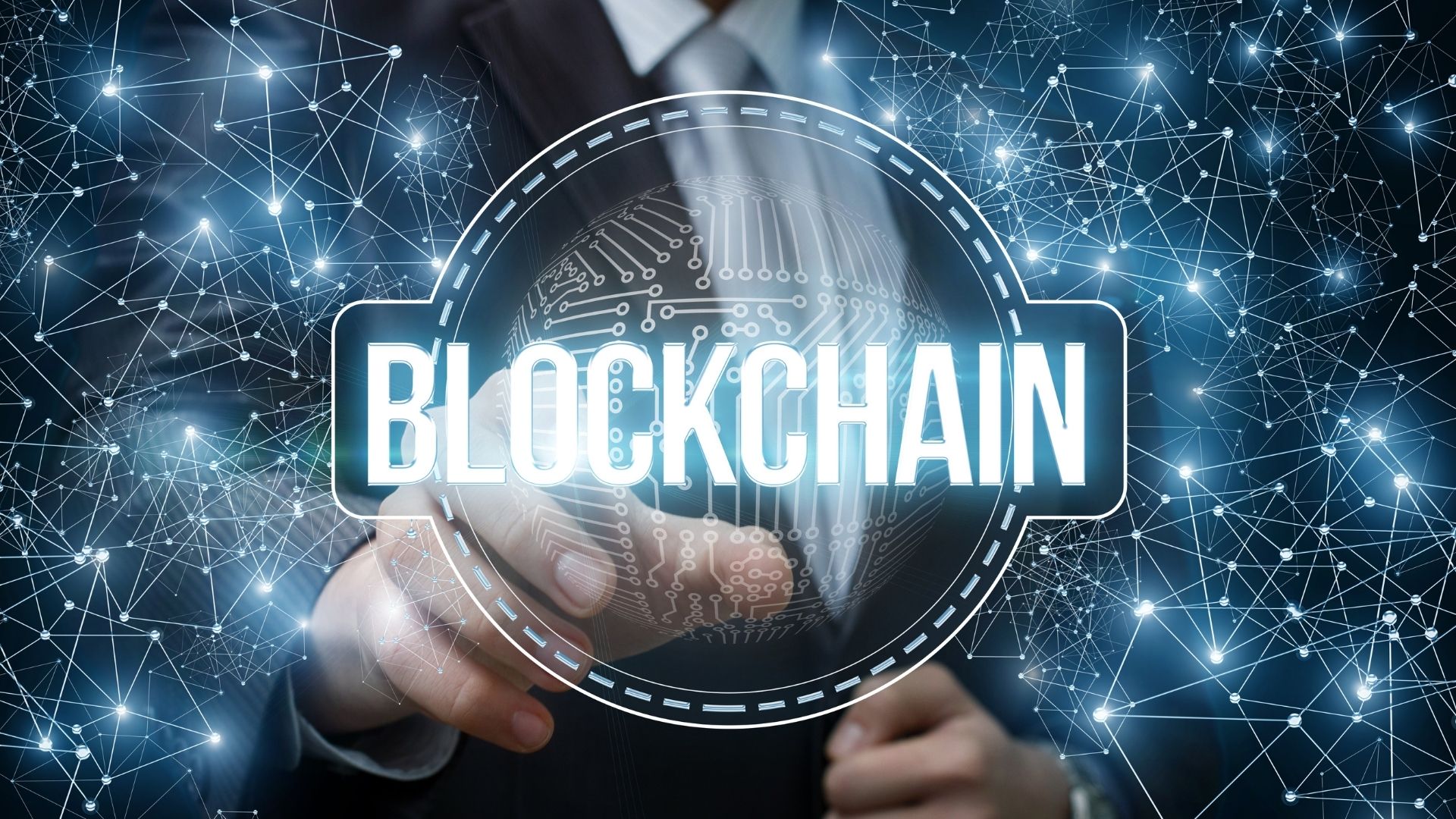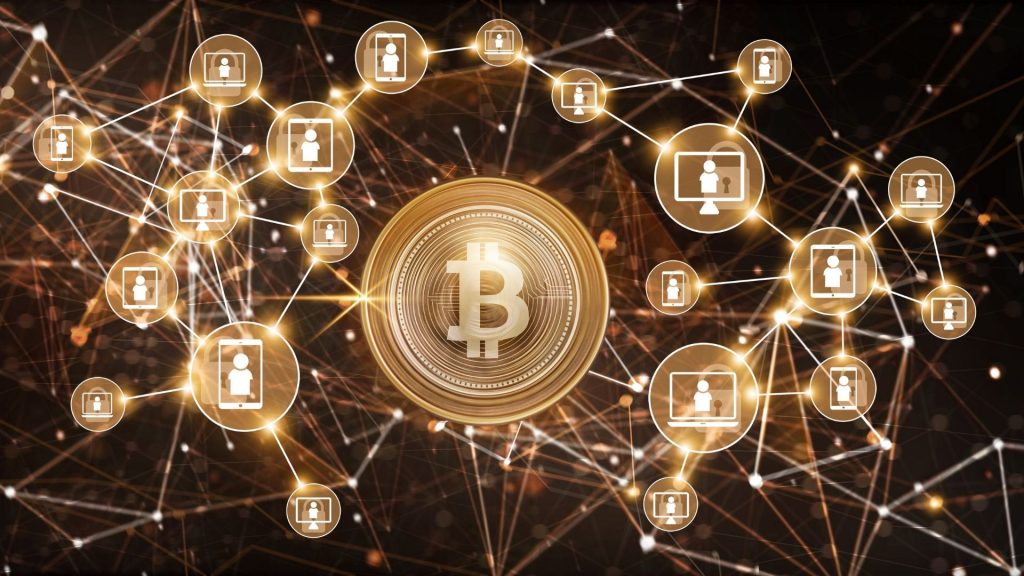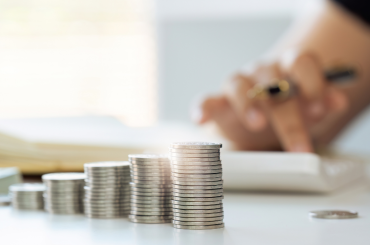- Keeping Lunch Boxes Healthy - September 14, 2023
- Chat GPT: The Future of Business Communication is Here! - February 16, 2023
- What are Cognitive Enhancers or Nootropic Supplements and How do They Work? - November 10, 2022
On the 24th of June 2021, MyWealth Investments hosted a webinar on Blockchain Technology and Cryptocurrencies.
Spearheaded by Bronwyn Nielsen of The Nielsen Network, the panel comprised:
Annatjie van Rooyen: Chief Executive Officer of MyWealth Investments
Dawie Roodt: Chief Economist of Efficient Group
Marius Reitz: General Manager of Luno Africa
Chris Becker: Blockchain Technology Lead Investec
This article is the first in a series expanding on the topics covered in the webinar.
- Background to blockchain technology
In order to set the tone for the series which will follow, let us clarify some basic concepts.
A blockchain is a type of database in which information is collected and stored on a computer. Let’s refresh our understanding of a database. An Excel spreadsheet is mostly designed for mainly one or a small group of users and normally contains limited information. A database, on the other hand, normally stores its information in tables and allows access to a wealth of information. This information may be sorted, filtered and manipulated to provide useful information to an unlimited number of users at the same time. To enable large databases to provide these functions, the information is stored on server networks, which are driven by very powerful computers.
Blockchain databases do not allow anyone to make changes to them and strict protocols are in place to protect the data.
Now you may be asking, what makes the blockchain different to that of an ordinary database? The answer is that, on the blockchain, information is collected in groups, called “blocks”. When a block is full, it is chained to the previous block, as if in a chain and from there the term “blockchain”. As soon as a block is filled, it gets a timestamp, which is irreversible.
The following link provides a virtual demonstration of the blockchain process:
https://www.investopedia.com/terms/b/blockchain.asp
- Bitcoin (as a cryptocurrency) and the blockchain
Bitcoin provides an appropriate case study of the practical implementation of blockchain technology.
Bitcoin requires a collection of computers to store and maintain its blockchain. Every transaction in Bitcoin is recorded in this blockchain. Thousands of different computers, over a wide geographic, are called nodes and make up the Bitcoin network.
Each node has a full record of the data since the inception of the blockchain. This data comprises the total history of all Bitcoin transactions in that chain. Errors in one of these nodes may be corrected by referencing back to any of these thousands of other nodes. This technology provides security over changes in information since any changes need to be “approved” by the majority of these individual nodes.
- Unpacking the definitions:
Money: Money is an economic unit that functions as a medium of exchange in transactions between seller and purchaser.
Money is commonly also referred to as currency and economically, each government has its own money system. The primary function of money is that it is a generally recognized medium of exchange that people and global economies intend to hold and are willing to accept as payment for current or future transactions.
Commodity Money: Money whose value comes from a commodity of which it is made, i.e. gold, silver, copper, salt, tea, shells, alcohol etc.
Digital Money: Digital currency is any currency, money or money-like asset that is primarily managed, stored or exchanged on digital computer systems. Digital money is also known as electronic money. Digital money is not tangible, like a note or a coin (cash).
Cryptocurrency: Cryptocurrency is a digital currency, secured by cryptography, protecting the currency against counterfeiting or double-spending.
This is digital or electronic money in encrypted form (also known as “Private money”).
Virtual money: This concept may be set equal to “pretend money” and does not exist.
In the earliest days, barter transactions facilitated the exchange of goods and services. Money, as an economic unit, has evolved over time. From the days when cattle and other goods were exchanged for fresh produce or clothes (bartering), humans moved on to exchange goods for gold, silver, precious stones etc. This was known as commodity money. Due to the non-uniform nature of these commodities, money evolved into private and public coinage with coins made from copper, bronze or nickel. Eventually, this process was taken over by governments and paper money was introduced (currency notes).
With the increase in volumes, the use of paper money further evolved in a concept known as bank money (credit money). This form of money comprised cheques, drafts, bills of exchange, credit or debit cards (plastic money). Leaps made in economic activities changed the way in which money is used. Today, over 95 % of payment transactions are merely information being sent without the physical exchange of money. The invention of digital money may be considered one of the greatest discoveries of the 20th century.
In our next article, we will explore how cryptocurrency has the potential to dramatically change the way we use and perceive money.
Please join us in exploring Cryptocurrencies as an investment option, regulations to come, platforms offered for transacting or investing in cryptos (e.g. Luno) and many more, in subsequent articles in this Series.




1 Comment
Its like you read my mind! You seem to know a lot about this, like you wrote the
book in it or something. I think that you can do with some pics to drive the message home a bit,
but other than that, this is great blog. An excellent read.
I’ll definitely be back.